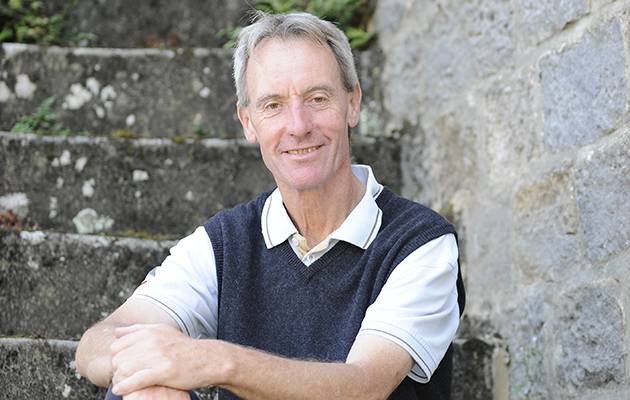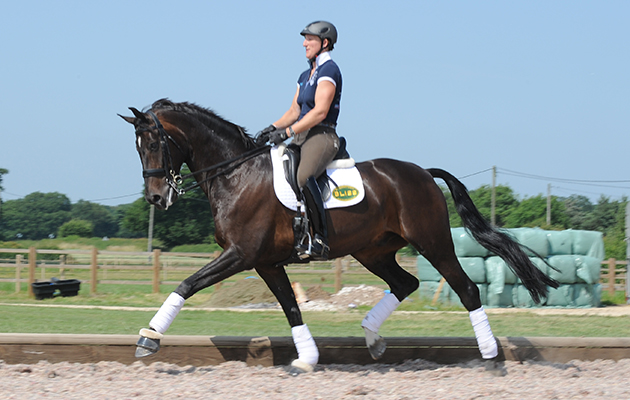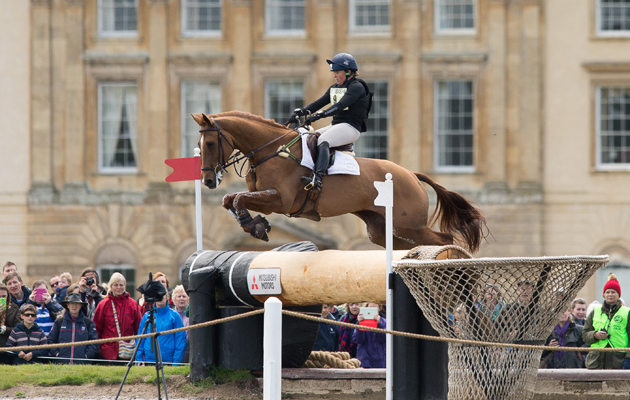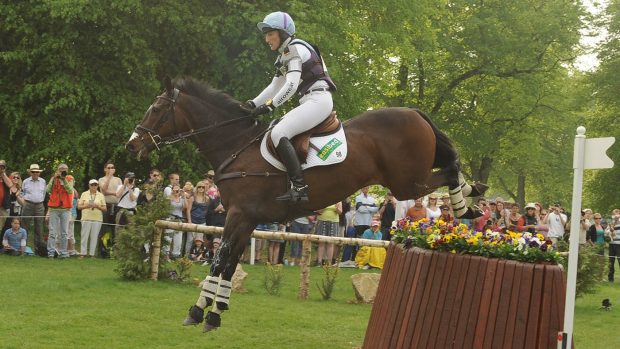Ruth Edge’s dressage for eventing masterclass is brought to you in association with Baileys Horse Feeds
Struggling to ride round circles, frustrated by a horse who is heavy in your hand or unable to ride a 10m circle accurately?
Mistakes such as this are expensive in a dressage test, and training to ride them correctly starts at home.
In the video above, former Luhmühlen CCI4* winner Ruth Edge, who has seven national dressage titles to her name, explains how to practise 10m circles when you are schooling.
Continued below…
 Champions’ Choice Champions’ Choice
Baileys Competition Range has always been one of the most credible on the market and is the choice of Olympic champions and amateur riders alike. All contain Alltech’s Bioplex® chelated minerals and Sel-Plex® organic selenium, which are more easily absorbed and utilised by the horse’s body, thus reducing any risk of a shortfall of these essential nutrients, when feeds are given at recommended levels. Baileys never scrimp on protein quality either so, whether eating low calorie Performance Balancer, or higher energy All-Round Competition Mix, horses can build the rounded muscular physique and top line they need, whatever discipline they compete in. With a choice of energy sources, there’s a feed to suit everyone, and nutritional back-up from a knowledgeable, understanding team For answers to your feeding questions, check out Baileys’ Feeding Answers. |
1. Use your legs, not your hands
“When riding 10m circles it’s important that you’re able to steer with your legs, rather than using your inside rein to turn and using your outside rein to stop the circle getting too big,” says Ruth.
2. Have light hands
“It’s important the horse comes around your inside leg and goes into the outside rein to turn, but not through the outside rein [so that he feels heavy in your hand],” explains Ruth, adding that the outside leg is then slightly behind the girth to direct the rest of the horse’s body around the circle.
3. Let the outside leg do the work
“The horse should turn from the outside leg around the circle [while] keeping a supple contact down both reins,” adds Ruth. “Then you will find that the horse can stay supple and forward around the circle without losing balance, suppleness or rhythm through tension.”
4. Riding out of the circle is important, too
“Coming out of the circle you want to think that the horse is dead straight, with his shoulder fractionally in front and his neck straight, so that his whole body is straight.
“If you’re struggling with the straightness it’s best to ride on the inside track so that your horse isn’t leaning on the fence,” says Ruth.
Don’t miss the full dressage masterclass with Ruth in the current issue of Horse & Hound (17 December).




































































